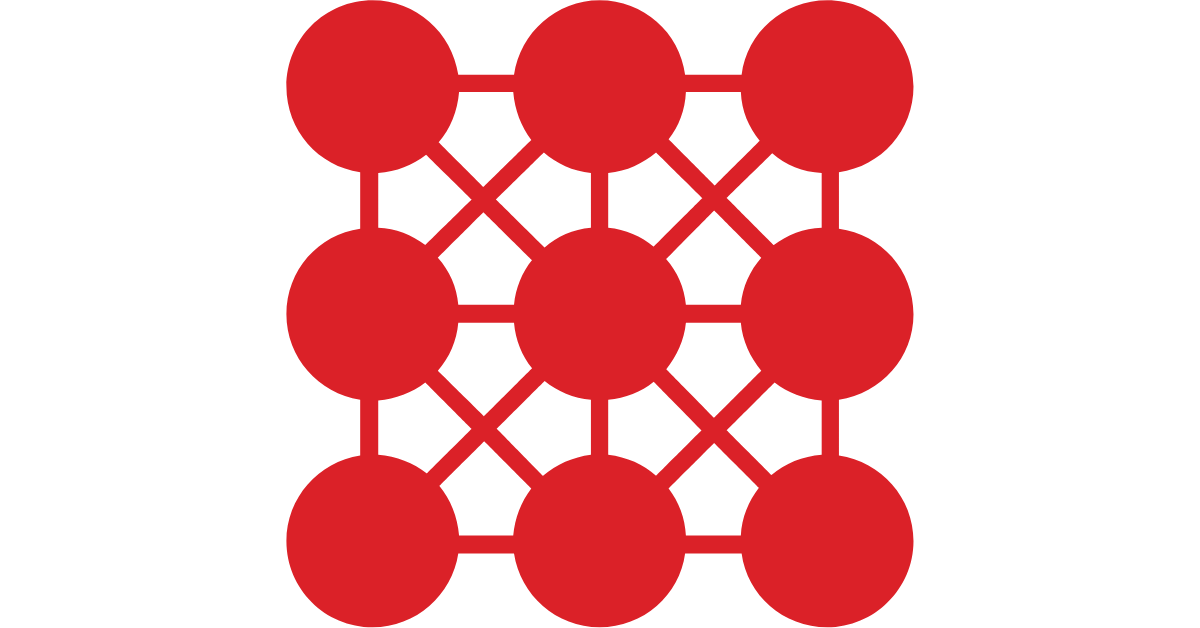Google announced that the company is introducing a couple of changes to its online ad network AdSense. With this update, Google is introducing a new AdSense revenue-share structure and also shifting from the Cost Per Click (CPC) method, where publishers are only paid when a user clicks on their ad to Cost Per Mile (CPM), where publishers are paid for count of impression.
The updates, which are set to roll out in early 2024, aim to provide greater transparency and consistency for website publishers monetizing through Google.
It is worth noting that –
CPM ads can be a good way for publishers to earn money, especially if they have a lot of traffic to their websites or blogs. However, it is important to note that CPM rates can vary widely, so it is important to choose ad placements carefully.
CPM rates vary depending on a number of factors, such as the type of ad, the targeting options, and the competition for ad space. However, publishers can generally expect to earn more money from CPM ads than from CPC (cost per click) ads.
For 20 years, Google AdSense has helped websites monetize their content by connecting them with advertisers.
Google says– the company pays out billions of dollars to publishing partners in the AdSense network, enabling creators to focus on producing great content instead of having to worry about making money.
AdSense Revenue Share Model Split into Buy-Side and Sell-Side Fees
Google is splitting AdSense’s existing revenue share model into separate buy-side and sell-side fee structures.
Currently, Google deducts 32% of AdSense earnings in a single bundled transaction fee. Now, under the new system, Google will retain around 15% on average as a buy-side fee when providing demand through Google Ads. Publishers will then receive 80% of the remaining revenue after this fee is applied.
For third-party ad buyers, the sell-side fee they charge will be taken first and publishers will again take home 80% following that deduction. Importantly, Google notes it has no visibility or control over the fee rates levied by other third-party ad platforms.
This updated revenue breakdown aims to offer simplicity and consistency for publishers in understanding compensation, regardless of the demand source. By unbundling its fees, Google also hopes to provide added transparency and allow publishers to better compare monetization technologies. Under the new structure, publisher earnings will remain approximately 68% – in line with the prior bundled fee approach.
Changing From Pay Per Click to Payments Per Impression
In addition to an updated revenue share system, Google also announced AdSense will shift from predominantly paying publishers on a cost-per-click basis to a cost-per-impression (CPM) model.
This transition aligns with how display advertising is typically transacted across the industry. Paying per impression provides uniformity for publishers across Google’s offerings and third-party platforms.
Google suggests publishers should see minimal impact on their AdSense earnings based on this payment shift. The company also noted the updates will not influence ad formats, types, or amounts on websites using AdSense to monetize. Strict policies remain in effect to prohibit disruptive ad experiences.
Adsense New Update Take Effect Early 2024
Both the updated revenue share structure and CPM-based pricing are slated to take effect for AdSense publishers at the start of 2024. Google says publishers do not need to take any action to enact these changes, which are designed to provide transparency and simplify monetization of digital content moving forward.
Over its 20-year history, Google AdSense has provided a way for publishers of all scopes and sizes to earn money from their website content. These upcoming changes show a continued focus on innovation and trust in paving a sustainable path ahead for a diverse open web.
By adapting to the evolving digital ad landscape, AdSense remains dedicated to funding free content access for internet users globally.
https://www.cyberkendra.com/2023/11/google-adsense-announces-major-updates.html




